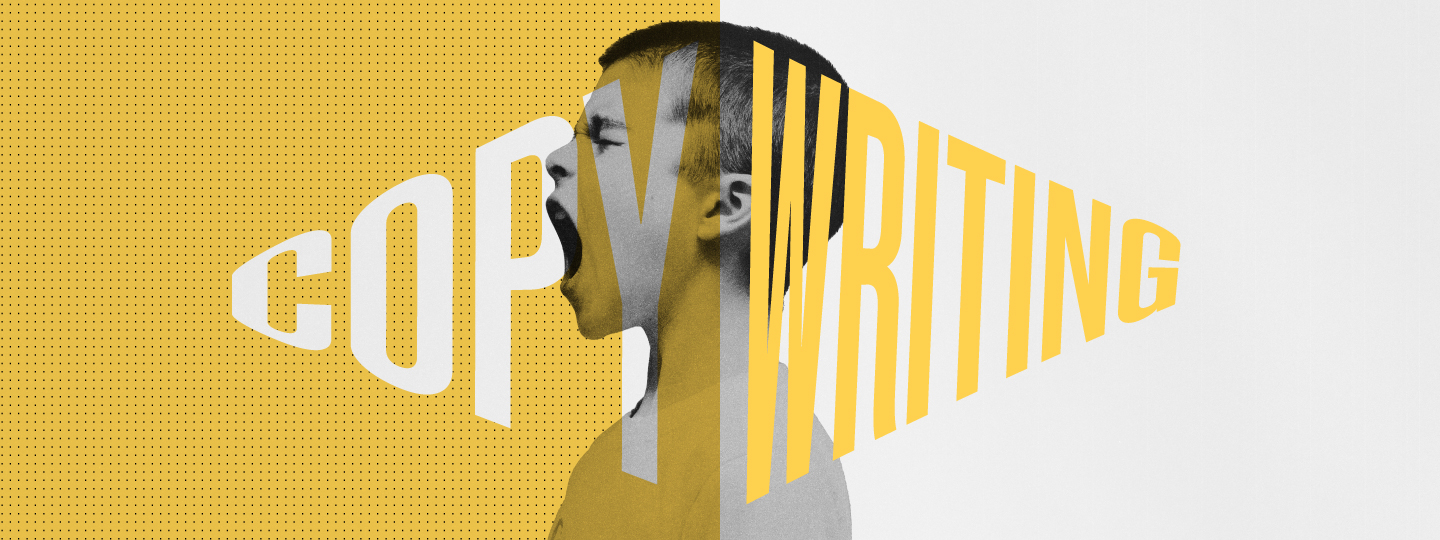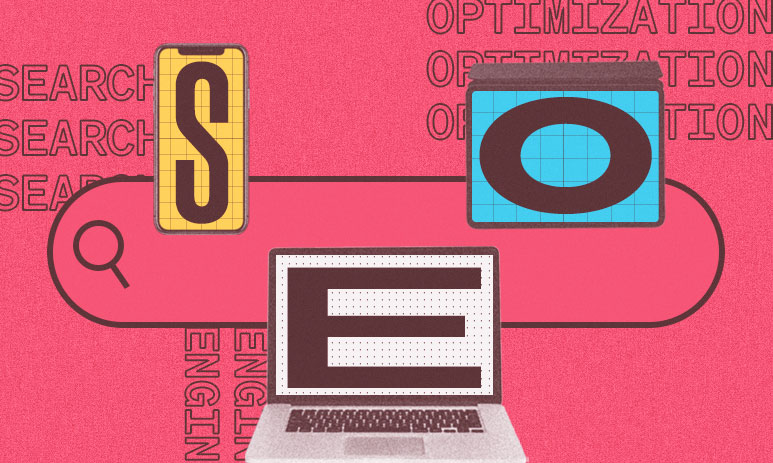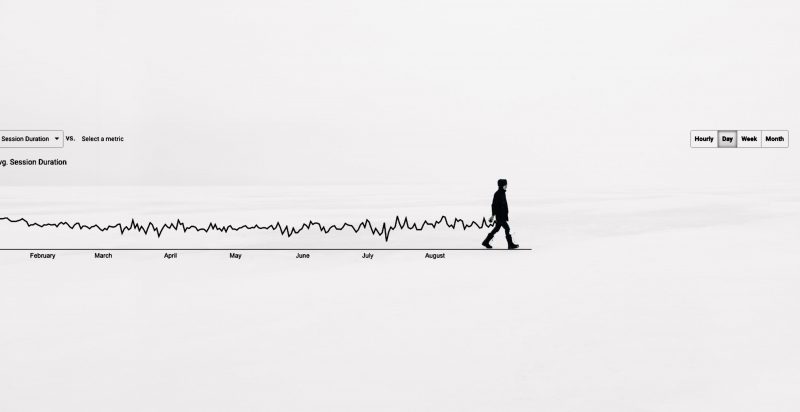Brand Copy Vs. Sales Copywriting – Why You Must Know The Difference
Related Services
Credits

Brand copy and sales copywriting, two highly used terms that are – or, at least, should be – a part of any marketing copywriter’s arsenal.
But what are they? How do you define copywriting? And what’s the difference between them? One is highly persuasive, direct, purchase-focused, and sits at the very core of most – if not all – digital marketing campaigns today. The other is emotional, narrative-focused storytelling that captures the brand’s values, the voice of tone, inspires, and touches on customers’ emotions.
Two peas from the opposite sides of the same pod; that’s what they are.
They exist side-by-side, sharing similar – but not identical – goals. Whether you’re using brand copy vs. sales copywriting, you’re still trying to achieve the same thing – encourage your customers to take action. Because that’s how copywriting works.
They’ll go about it in different ways, though, using different methods and leaving a different “residual” taste in the customer’s mouth.
About Copywriting: A Look At Brand Vs. Sales
Brand copy usually doesn’t follow a set structure. It’s more indirect; there’s no hard push for a sale or any other form of commitment. Instead, it takes the consumer on a journey, evoking emotional response and empathy along the way.
It creates brand awareness, shares your brand’s values, humanizes your brand, appeals to both logic and emotion – when it’s done right, that is – and uses a brand voice that can influence the customer on an emotional level.
That, in turn, allows the customer’s subconscious mind to view your brand, products, or services in a different light and, hopefully, inspires them to take action in the future.
But you don’t expect – nor are you pushing them – to take action right now.
That’s what sales copywriting does.
A sales copy aims to convince the end consumer to make a purchase by presenting your products or services in an attractive way. Done right, it conveys value and convinces the customer that now is the right time to take action.
But that’s the thing about your sales copy:
“Good” doesn’t cut it. Your sales copy has to be top-tier – otherwise, it won’t yield the results that you are hoping to achieve.
You need to employ highly persuasive and effective copywriting techniques, define tone of voice that fits the occasion, and, more often than not, follow a set structure, known as the AIDA formula:
- Attention – Capturing your target customer’s attention and sparking engagement
- Interest – Holding that attention long enough for them to develop an interest in your product or service
- Desire – Speaking directly to your target consumer’s desires and enticing them further by clearly explaining what’s in it for them
- Action – Getting them to take the next step and turn that desire into action with a Call To Action (CTA)
Of course, there’s an art to using the AIDA formula, finding the right brand of voice and words – and making each one count toward inspiring action and turning mere visitors into customers.
That’s one of the essential copywriter responsibilities – and some of the best copywriters in the world pull off the direct response method with incredible ease.
Coca-Cola’s signature “Taste The Feeling” is a well-known example of brand copy working its magic – selling you a feeling, rather than giving you a logical argument why to buy a can of Coke. You know you’ll buy it anyway.
Add a “Buy One, Get One Free,” though, and you immediately drive home the purpose of your marketing campaign. But no one does sales copy better than Apple.
“Power. It’s in the Air.” “Small chip. Giant leap.” “Delightfully capable. Surprisingly affordable.”
Their product landing pages are a gold mine of sound bites that command attention. Add “Learn More” and “Buy” CTAs below, and you’re all set.
How To Know Which Type Of Copy You Need
Neither is inherently superior to the other; we hope that much is evident at this point.
Instead, when trying to decide which approach would be more suitable for you, the much better question to ask here is:
When would hiring a brand copywriter be a more suitable option, and when should your business use direct sales copywriting?
It’s a simple question – but unfortunately, the answer is anything but. However, if you ask yourself the following questions and think things through, deciding on the copy to craft becomes much easier.
The three things every business needs to determine are summed up below.
What’s The Current Stage Of Your Business?
Are you a start-up getting your foot in the door, a still-growing business looking to increase your revenue, or an established brand already dominating the current market?
Your approach to content marketing will vary depending on the answer.
New businesses will generally be in “survival mode” during the first year or two, meaning most of their marketing efforts should be geared towards sales. They need an immediate response – and sales copywriting is the way to get it.
If you’re looking to fuel growth and scale your business, you should begin incorporating brand copy into your communications. However, the majority of your efforts should still be centered around a direct response marketing strategy.
What Is The Purpose Of Your Advertisement?
If your goal is to boost sales within a set amount of time, you should – obviously – focus on direct response marketing.
Granted, major, well-established brands still have some flexibility in this regard. They can afford to choose between brand copy and sales copywriting more freely, depending on their marketing campaign’s purpose.
Copywriting is a means to an end, either way. Your choice just depends on the purpose of your marketing campaign and the general circumstances.
What Type Of Audience Are You Targeting?
In order to convert more visitors, you have to understand the different types of customers – based on their needs and motivations – and how they’ll typically engage online. Most of the time, you’ll be marketing to Mainstreamers, Aspirers, Succeeders, or Explorers.
Every business will speak to a different type of consumer, and while you can use a mix of both brand copy and sales copywriting, depending on the customer’s position in the sales funnel, one will probably be more dominant than the other.
Either way, knowing your customers’ inner values and unique needs will allow you to angle your copy and brand tone of voice “just right” to maximize conversions.
Conclusion
We might’ve made it sound like brand copy is this emotion-packed, magical journey that your customers can embark on, while sales copywriting is nothing but a way of getting those same people to say “Yes” to whatever you’re trying to sell them. And if we did, we apologize because the truth is, sales copy will always have a well-earned center spot in every marketing campaign.
If your customers are already on the verge of committing and taking action, you’d be silly not to give them that final push.
But brand copy – and, more specifically, storytelling – is what injects life, empathy, and humanity into your brand.
If you’re not in the copywriting business and need help making a decision that will benefit your brand, boost growth, and keep you relevant, get in touch with Pastilla today!
Writer: Dejan Kvrgic


